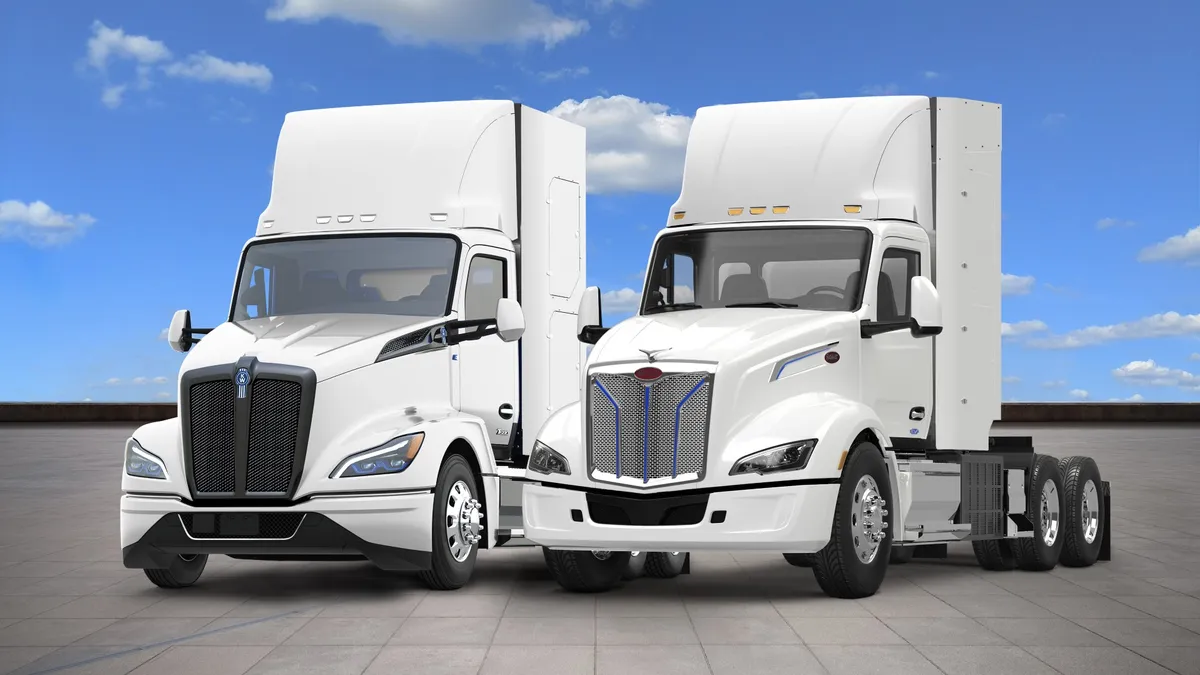Dive Brief:
- Paccar recently projected to deliver 290,000 to 320,000 Class 8 trucks in the U.S. and Canada market for the year, up 10,000 units from its previous minimum.
- While the increase could potentially bring relief to aging fleets, executives said on the Q2 earnings call July 25 that the supply base remains constrained, where occasional supplier shortages still limit production.
- “In general, we will be trying to increase build,” CEO Preston Feight said on the call, adding that the OEM will continue to work closely with its great suppliers “to make sure that they can provide the product we need.”
Dive Insight:
OEM suppliers are working quickly to return to normal and increase their capacity because of demand, Feight said. While there’s been improvement compared to the past few quarters, he expects further growth in the near future.
The shift comes as truck markets across the globe were up compared to last year’s levels, according to Navistar parent Volkswagen Group, noting higher demand, sales and registrations.
“This was due to an improved situation in global supply chains and the very strong recovery in China, the world’s largest truck market, following the end of the country’s zero-Covid strategy,” Volkswagen Group said in an H1 report released July 27.
Other OEMs showed mixed forecasts. Daimler Truck North America projected no change in its unit sales guidance — despite an overall uptick for its parent company across the globe. In a Q2 earnings report, Volvo Group, which includes Mack Trucks, upped its 2023 forecast for heavy-duty trucks by 10,000 units to 330,000 for North America heavy-duty trucks.
“In Q2, truck fleet utilization in Europe and North America continued to be on a good level,” Volvo said. “In both regions, larger fleets continue their replacement cycles while smaller companies have become more cautious because of lower freight volumes and spot rates as well as softer used truck prices.”













